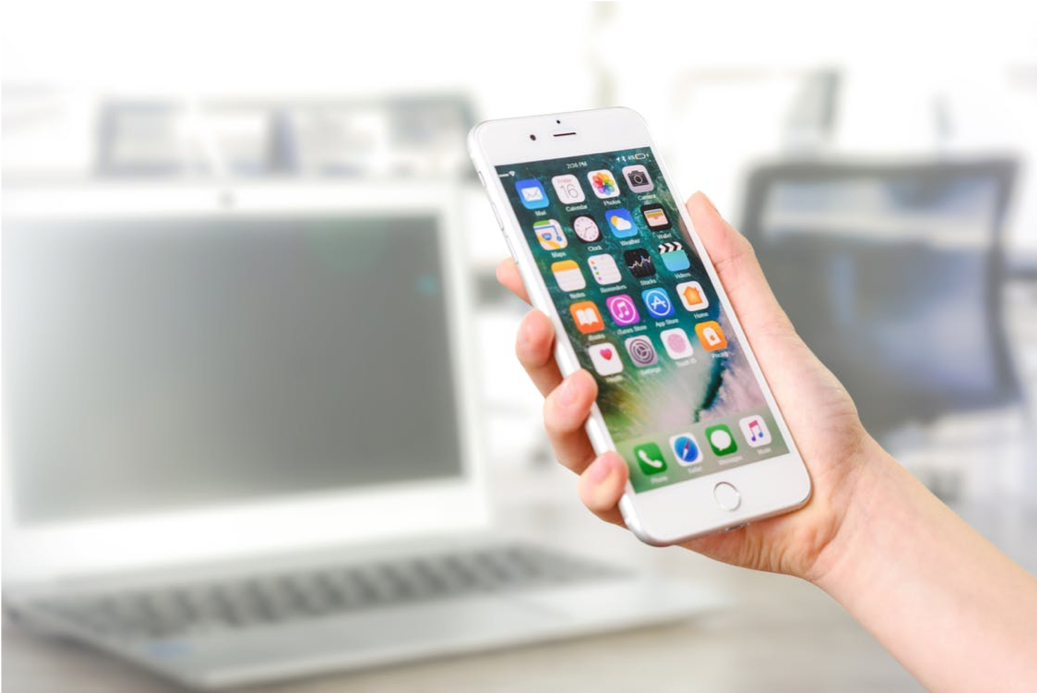Passwords and pins have become such an old-school feature. Who uses passwords anymore? It seems like everyone has switched to biometrics as the most popular feature of newer smartphone devices. Biometrics such as fingerprint ID, face recognition, and even eye scans are becoming more and more common, even on the lower budget smartphones.
These features are very convenient because they allow faster access to your mobile devices and they eliminate the risk of locking yourself out of your phone because you forgot the password. The question is, are biometrics truly a safe and reliable solution for smartphone security?
What is Biometric Security
Biometric security solutions use physical features such as fingerprints to lock and unlock mobile devices. This innovative feature has quickly become more popular than traditional solutions such as passwords or locking pins. The reason why biometrics are considered a safer security solution is because, unlike passwords, fingerprints cannot be faked or forgotten.
You might have forgotten your password in the past and you know what it feels like not to be able to access your data. You surely won’t forget your fingerprint because, well, it’s always there! Same goes for biometrics such as voice and face recognition, as these physical features cannot be stolen or exposed. Thus, users can easily create a unique ID and keep their devices protected from other eyes.
Biometrics also make it more difficult for hackers to gain access to people’s devices. No two fingerprints are alike and these unique ID features are difficult to copy. That means biometrics can successfully add another extra layer of protection on smartphone devices.
Are There Risks to Biometric Security?
Unfortunately, hackers are getting smarter and they’re using sophisticated methods and technologies to breach through biometric security. They have found a way to use photos, fingerprint impressions, and voice recordings to falsely manipulate biometric security systems. After all, your face, fingerprints, and voice are always out in public. Someone dedicated enough could easily copy them.
Therefore, even though biometrics are more secure than passwords, there are still risks that your device might be exposed to hackers and cybercriminals. The best way to keep your device fully protected is to implement safety measures beyond biometrics and simple anti-virus solutions. If you need guidance through the process of ensuring better security, we recommend following the NIST cybersecurity framework.
Conclusion
Innovative biometric solutions have proven to be far more efficient than previously used security systems. However, no matter how sophisticated our device locking systems are, hackers will always find a way to go by the first gate unnoticed. That is why it is important to implement other safety measures on top of locking your device with a biometric solution such as fingerprint ID or face recognition.
Make sure to check out the NIST cybersecurity framework and start following its safety measures as soon as possible. Keep in mind that increased security will help you reduce the risk of becoming the next victim of common cyberattacks.



 714-333-9620
714-333-9620